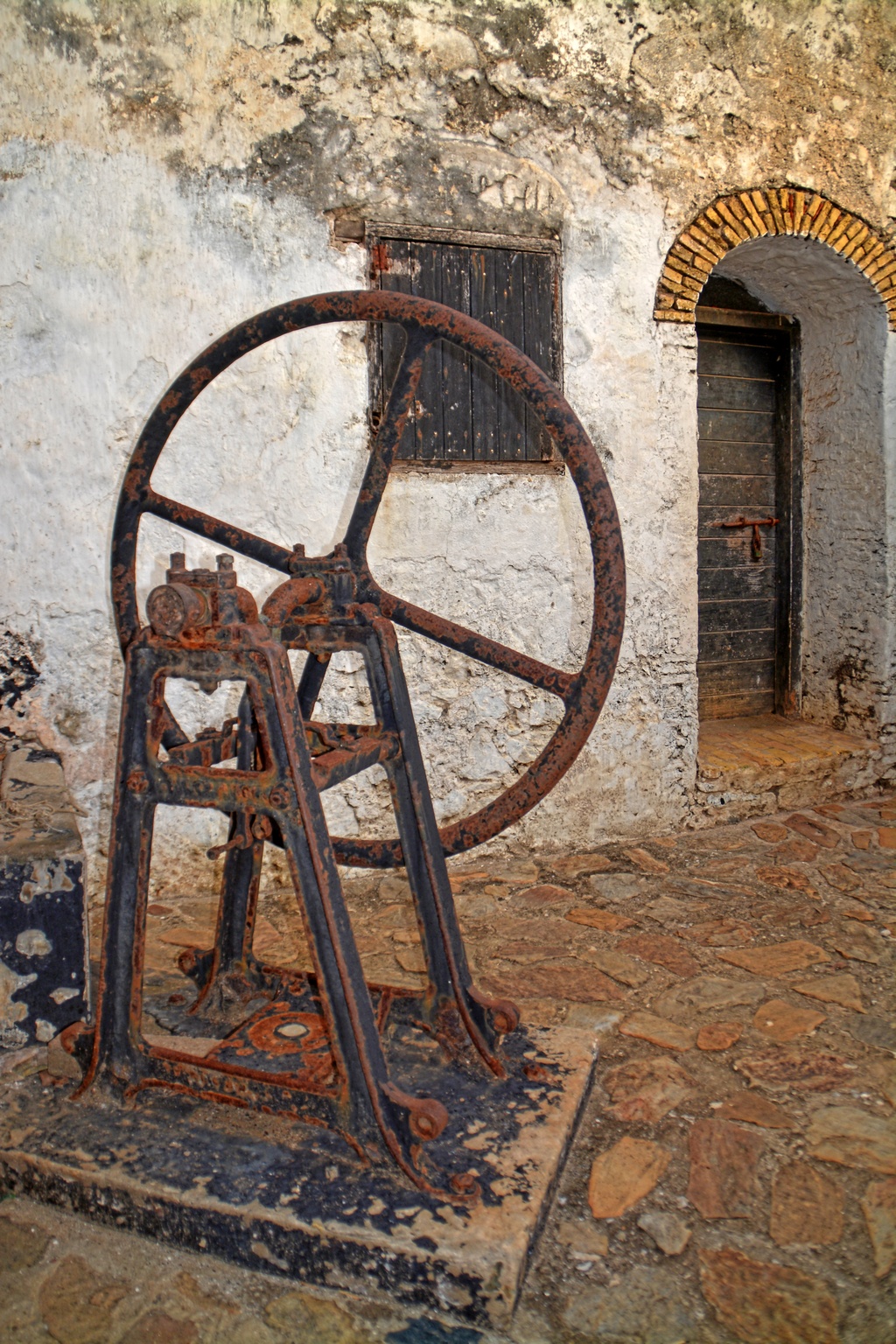Use Over Time

Inside Fort Patience (c) Remo Kurka
The fort served as a trading post for goods such as gold, ivory, and unfortunately, enslaved people, during the height of European trade along the West African coast.
In 1782, during the Fourth Anglo-Dutch War, the British captured Fort Patience along with other Dutch forts on the Gold Coast. However, it was later returned to Dutch control. Eventually, in 1868, the Dutch formally ceded all their forts in Ghana to the British, including Fort Patience.
Under British colonial administration, the fort was repurposed as a post office and police station, adapting its function to administrative rather than military needs.

Hostel bed, Inside Fort Patience (c) Remo Kurka
Structure & Architecture

Gate Way, Inside Fort Patience (c) Remo Kurka
The structure of Fort Patience reflects its modest origins and later adaptations. It features:
A central courtyard
Two-storey living quarters
Storage rooms for trade goods
Defensive bastions
An “Orange Hall”, which served as a council room and reception area
Service areas such as kitchens and garrison quarters
Its relatively small size compared to other forts made it easier to maintain but limited its military utility.
Present Use and Preservation
Fort Patience is one of several colonial-era forts recognized as part of Ghana’s UNESCO World Heritage Sites, designated in 1979 due to their historical importance and architectural uniqueness.

Door Way - Inside Fort Patience (c) Remo Kurka
Today, the fort functions as a rest house and museum, and is open to visitors. It provides insight into Ghana’s colonial past and the broader Atlantic trade era. Tour guides are usually available to offer historical context to visitors.







